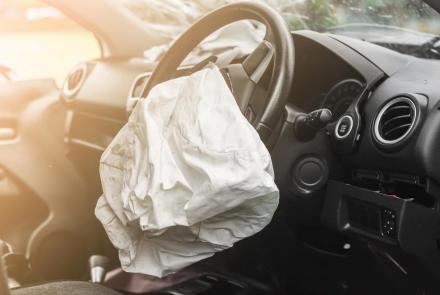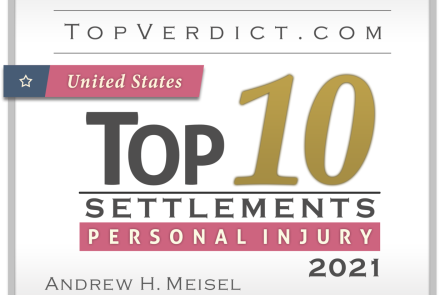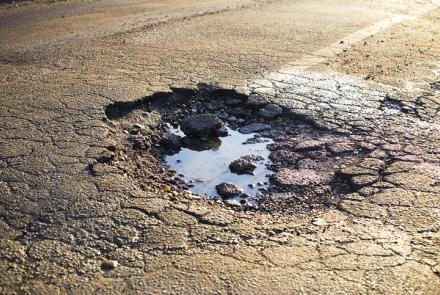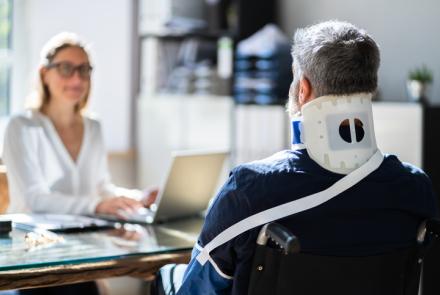
A deployed airbag
You are on the ground, in a crosswalk having been hit by a car. The car is stopped but there’s no one in the driver’s seat and no one from the car is helping you. Who or what did you get hit by??
Welcome to the 21st century and beyond. Robot cars, a/k/a driverless cars are the wave of the future. California is one of 5 states that have already introduced legislation to regulate the testing of these vehicles but as of yet, there is no legislation discussing responsibility for the accident and your injuries.
There are variations of these vehicles from the fully automated driving vehicles to the HAVs (highly automated vehicles). In fact, the US Dept of Transportation has adopted the Society of Automotive Engineers (SAE) classification system for the various levels of vehicles automation:
1) SAE 0-vehicle driven the old-fashioned way, by a human!
2) SAE 1-automated system assists the driver with steering or acceleration or deceleration but the driver is still primarily responsible for driving and monitoring the driving environment.
3) SAE 2- automated systems assists with steering, acceleration AND deceleration based on info about the driving environment; the system can momentarily take over control BUT the driver remains primarily responsible;
4) SAE 3- in certain driving modes, the vehicle assumes total control but the driver must be ready to take over at the vehicle’s request; these are not available to the public yet
5) SAE 4-the vehicle assumes total control and there is no expectation of the driver responding to a request for intervention; Ford expects to have these types of vehicles on the road by 2021;
6) SAE 5 vehicle does everything; there is no steering wheel or brake pedals; you are literally being driven;
All of this is exciting, impressive technology but how does that help you deal with your medical bills, loss of earnings, and pain and suffering from your injuries? You’ve been in a car accident with a car that has no driver or one whose vehicle was operated by an automated system. Who is responsible to you?
There are no hard and fast rules at this point; it will be up to the triers of fact (the jury or judge) to allocate liability. When using an automated braking system that fails, but the driver also fails to use the brake pedal, there is fault on both systems, the human and the automated. But what if the vehicle were a truly driverless car, no steering wheel, no brake pedals, how is the human in the car at fault?
Uber has been testing true driverless vehicles on the streets of SF but not without problems. Specifically, making a right turn across a bike path has created a two-fold problem in first, identifying the presence of a bicyclist (the sensor systems are designed to identify cars in the road, not bikes) and second where to begin the right turn. The Uber cars are programmed to stay in their lanes and when making a right turn across a bike path, the vehicle has no information of the bike path’s existence or the bicyclist’s presence. They are programmed to make the turn, not move as close to the curb as possible before starting the turn, the far safer way to turn.
Right now, there are more questions than answers. The auto manufacturers must insist that automation is the unquestionably safer way to operate a vehicle. Once they do, they have to step up and accept responsibility for any accident caused by their driverless car. Traffic accidents are destined to become product liability cases, with the attorney representing the injured party determining whether the auto manufacturer is solely responsible or if the component parts of the computerized automated system failed and other parts manufacturers need be included. This will not eliminate the human (the driver/operator) element, but will likely add defendants to the claim.
It is an area of litigation that requires representation. The attorneys at Meisel Law Group specialize in injury cases and are always in the forefront of the ever challenging means to best represent our clients.




